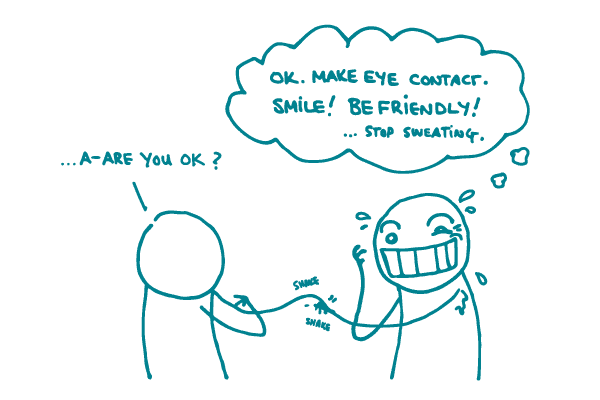
As you know, dear reader, we spend a lot of time thinking about plain language and clear writing. But we also know that putting health literacy into practice isn’t all about sitting at a keyboard tapping out user-friendly fact sheets (though we do ❤ a good fact sheet).
For many of you, integrating health literacy into your work means having meaningful conversations about health with real, live patients.
Here are a few of our favorite health literacy strategies for health care providers:
- The teach-back method. After you share information with patients, check understanding by asking them to say — in their own words — what they need to know or do.
- The show-me method. Use this cousin of the teach-back method to check that patients can follow specific instructions. For example, ask patients to show you how they would use an inhaler or do a back-strengthening exercise.
- Brown bag medicine review. Before their next appointment, ask your patients to bring their medicines and supplements in so you can review them together. During the visit, ask how they’re taking them and discuss any mistakes or misunderstandings.
As with any kind of spoken communication, don’t forget the basics — like making eye contact, being friendly, and nodding along while listening.
For more ideas, check out this handy health literacy toolkit for health care providers from the Agency for Healthcare Research and Quality (AHRQ). We ❤ that AHRQ framed the toolkit around health literacy universal precautions — because everyone, not only people with limited health literacy skills, benefits from clear communication.
The bottom line: Health literacy is relevant to how we talk, not just how we write. Use the teach-back, show-me, and brown bag review methods to check for understanding.
Browse recent posts